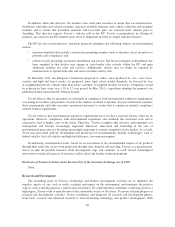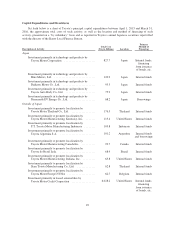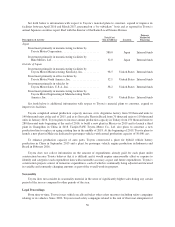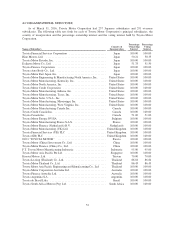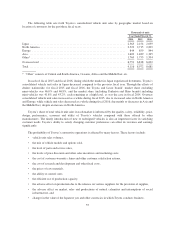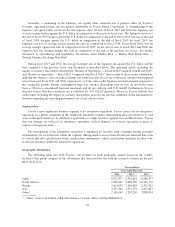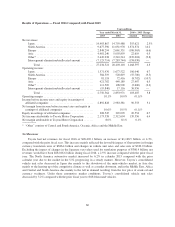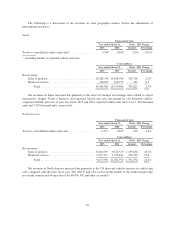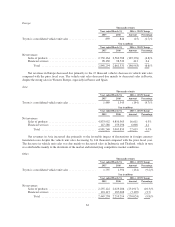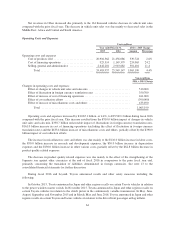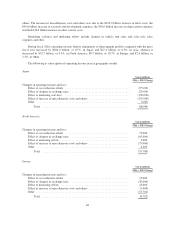Toyota 2015 Annual Report Download - page 61
Download and view the complete annual report
Please find page 61 of the 2015 Toyota annual report below. You can navigate through the pages in the report by either clicking on the pages listed below, or by using the keyword search tool below to find specific information within the annual report.Changes in laws, regulations, policies and other governmental actions can also materially impact the
profitability of Toyota’s automotive operations. These laws, regulations and policies include those attributed to
environmental matters, vehicle safety, fuel economy and emissions that can add significantly to the cost of vehicles.
Many governments also impose local content requirements, impose tariffs and other trade barriers, and enact
price or exchange controls that can limit an automaker’s operations and can make the repatriation of profits
unpredictable. Changes in these laws, regulations, policies and other governmental actions may affect the
production, licensing, distribution or sale of Toyota’s products, cost of products or applicable tax rates. From
time-to-time when potential safety problems arise, Toyota issues vehicle recalls and takes other safety measures
including safety campaigns relating to its vehicles. Since 2009, Toyota issued safety campaigns related to the risk
of floor mat entrapment of accelerator pedals and vehicle recalls related to slow-to-return or sticky accelerator
pedals. In 2010, Toyota announced a recall related to the software program that controls the antilock braking
system in certain models including the Prius. The recalls and other safety measures described above have led to a
number of claims and lawsuits against Toyota. For a more detailed description of these claims and lawsuits, see
“Information on the Company — Business Overview — Legal Proceedings” and note 24 to the consolidated
financial statements.
The worldwide automotive industry is in a period of global competition which may continue for the
foreseeable future, and in general the competitive environment in which Toyota operates is likely to intensify.
Toyota believes it has the resources, strategies and technologies in place to compete effectively in the industry as
an independent company for the foreseeable future.
Financial Services Operations
The competition in the worldwide automobile financial services industry is intensifying. As competition
increases, margins on financing transactions may decrease and market share may also decline as customers
obtain financing for Toyota vehicles from alternative sources.
Toyota’s financial services operations mainly include loans and leasing programs for customers and dealers.
Toyota believes that its ability to provide financing to its customers is an important value added service.
Therefore, Toyota has expanded its network of finance subsidiaries in order to offer financial services in many
countries.
Toyota’s competitors for retail financing and retail leasing include commercial banks, credit unions and
other finance companies. Meanwhile, commercial banks and other captive automobile finance companies also
compete against Toyota’s wholesale financing activities.
Toyota’s total finance receivables decreased during fiscal 2016 mainly due to the unfavorable impact of
fluctuations in foreign currency translation rates. Also, vehicles and equipment on operating leases, net increased
during fiscal 2016 mainly due to an increase in the number of operating leases in financial services subsidiaries
in North America.
56


